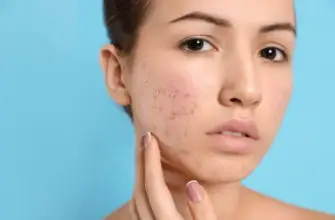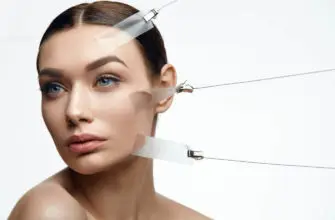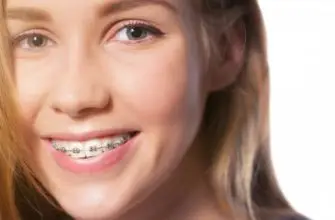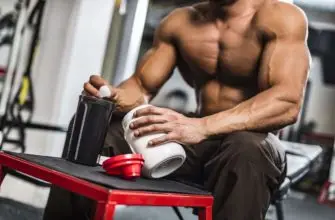To understand the benefits and usage of Tretinoin, dive into this section that explores what Tretinoin is, how it works, why it’s popular in skincare, and the various forms available. Discover the solution to your queries on Tretinoin’s effectiveness and enhance your knowledge on its diverse applications through these sub-sections.
What is Tretinoin?
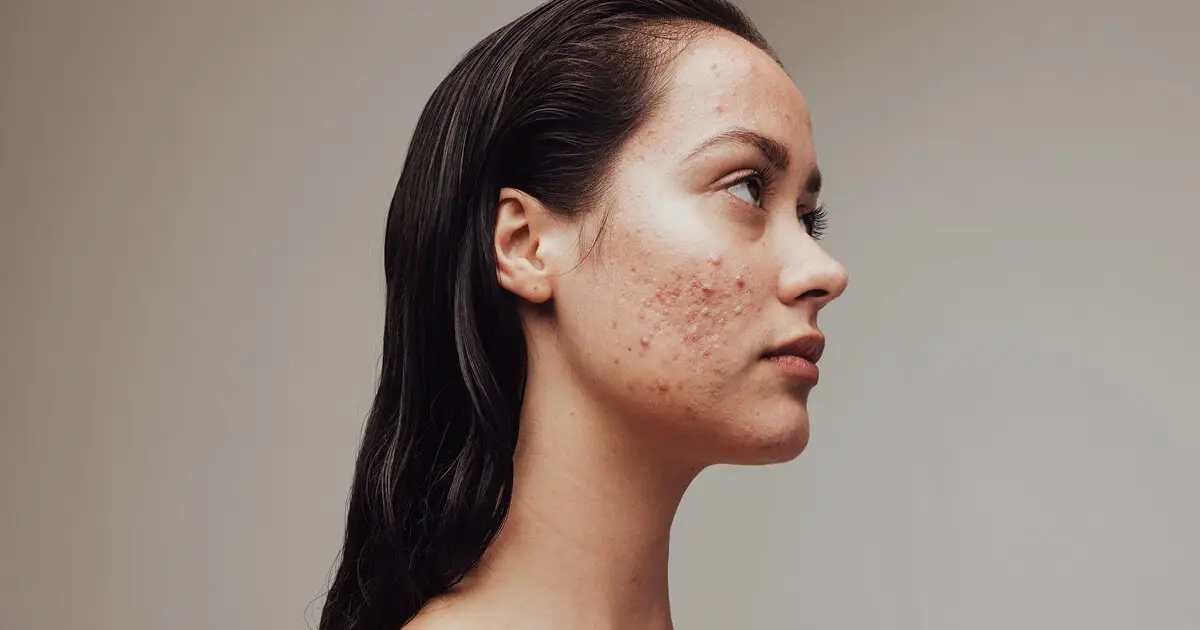
Tretinoin, a topical medication derived from vitamin A, is a powerhouse in the world of dermatology. It can treat acne, reduce wrinkles, and fade dark spots. This potent compound can even inhibit the production of melanin to even out skin tone. Plus, it has been found to reduce the progression of actinic keratosis.
But, due to its potency, tretinoin requires a prescription from a healthcare professional. It is advised to start with lower concentrations and gradually increase as tolerated to minimize skin irritation. Regular use of sunscreen is essential while using tretinoin as it can increase sensitivity to sunlight.
According to a study published in the Journal of Cosmetic Dermatology*, tretinoin can significantly improve fine lines and wrinkles after several months of consistent use. So why lift weights when you can just let tretinoin do the heavy lifting for your skin?
*Source: Journal of Cosmetic Dermatology.
How does Tretinoin work?
Say hello to Tretinoin, the potent topical medication derived from vitamin A. It penetrates deep into the skin and works by stimulating cell turnover. Unclogging pores and preventing acne formation, it also promotes collagen production, reducing fine lines and wrinkles.
Tretinoin binds to receptors on the surface of skin cells. This triggers a series of reactions that increases cell turnover. Old skin cells are shed faster and new cells are generated more quickly. Result? Smoother skin with improved appearance.
Its anti-inflammatory properties reduce redness and swelling associated with acne breakouts. It also regulates sebum production, reducing chances of clogged pores.
On top of all that, tretinoin increases collagen production in the deeper layers of the skin. Collagen provides structure and elasticity for firmer, tighter skin. Wrinkles and sagging? Good-bye!
Pro Tip: When using tretinoin for the first time, start with a lower concentration. Gradually increase as tolerated. Wear sunscreen during the day as tretinoin can make your skin more sensitive to sunlight.
Why is Tretinoin popular in skincare?
Tretinoin is a superstar in the skincare world because of its many benefits. It reduces wrinkles, fades dark spots and acne scars, and makes skin texture better. Plus, it boosts collagen production to keep skin youthful and prevent premature aging.
It’s also good for acne – by unclogging pores, reducing inflammation, and promoting healthy cell turnover, regular use of tretinoin can clear up existing breakouts and prevent future ones. It’s important to follow a healthcare professional’s directions when using this product, as it may cause initial flaking or redness until skin adapts.
What sets tretinoin apart is its deep-penetrating power. This allows it to target multiple skin concerns at once, including wrinkles and hyperpigmentation. Its versatility is why dermatologists recommend it.
If you haven’t tried tretinoin yet, it’s time to give it a go! Consult with a dermatologist who can guide you on how to use it. With consistent use, you can expect improved skin texture, reduced signs of aging, diminished breakouts, and an overall boost in confidence.
Patience is key with any skincare product containing tretinoin – results won’t be immediate, but you’ll eventually see transformative changes in skin’s appearance. So don’t miss out – give tretinoin a try today!
Understanding the different forms of Tretinoin (Cream, Gel, etc.)
Tretinoin comes in various forms such as cream and gel, offering amazing benefits for the skin. Let’s explore their unique qualities and how to use them.
We can have a look at a table including information about each form:
| Form | Description | Application Method |
|---|---|---|
| Cream | Smooth & moisturizing | Apply a thin layer on the affected area |
| Gel | Lightweight & easily absorbed | Gently spread across the skin |
| Lotion | Moisturizing with a light texture | Similar to a cream or gel |
Each form has its own characteristics. Creams provide moisture and smoothness. Gels are quickly absorbed. Lotions are lightweight, perfect for those who prefer lighter textures.
Other lesser-known forms like solutions or foams may be prescribed by dermatologists depending on skin conditions or treatment goals.
My close friend had been struggling with acne for years. After trying many remedies without success, she finally saw a doctor. The dermatologist recommended Tretinoin gel. At first, she was skeptical but decided to give it a try. To her surprise, after a few weeks her skin had improved drastically – acne scars faded & her complexion was clearer. This story highlights the effectiveness of Tretinoin, when used correctly and under professional guidance.
Understanding Tretinoin’s various forms helps individuals choose the best skincare solution for their needs. From creams, gels, lotions, solutions and foams, consult with healthcare professionals to select the most suitable form and address skin concerns. Get ready to experience the ‘peel’ good sensation during your tretinoin treatment.
Preparing for Tretinoin Treatment: What to Expect
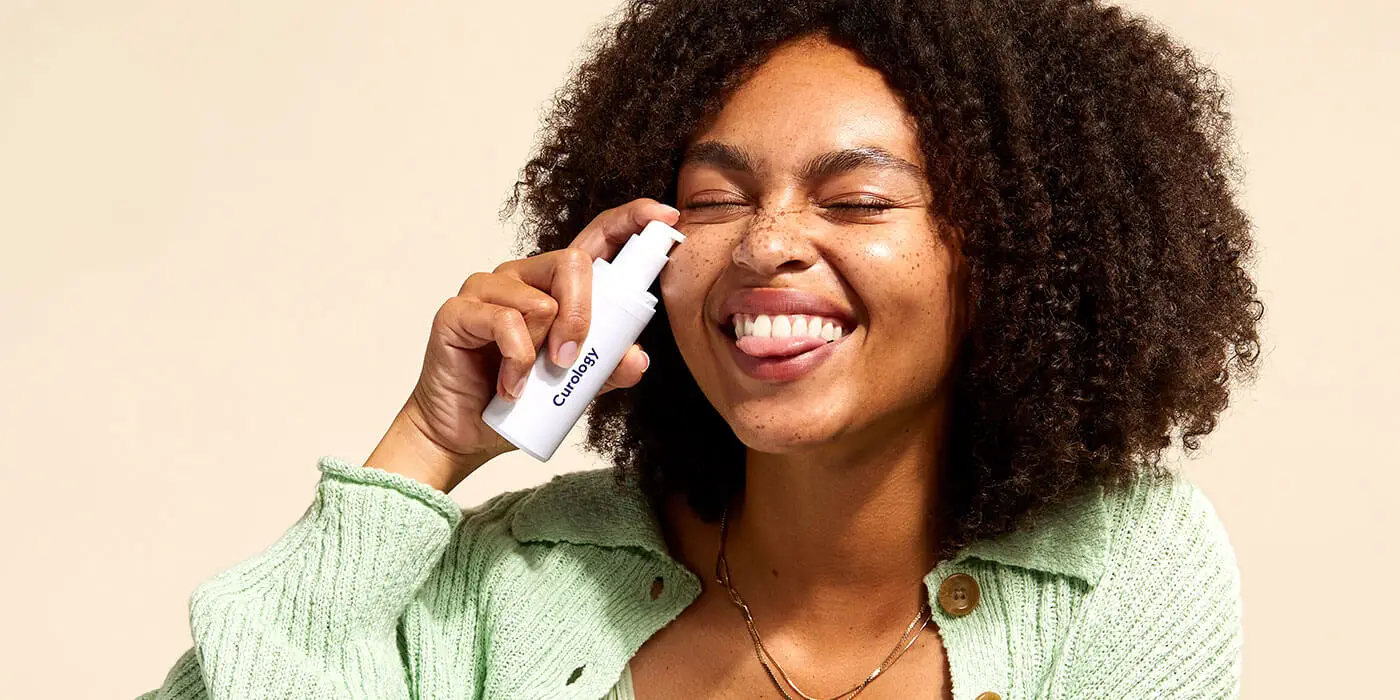
To effectively prepare for tretinoin treatment, assess your skin type and condition, consult with a dermatologist, and ensure correct application of tretinoin. This section focuses on what to expect when preparing for tretinoin treatment, providing insights into each sub-section to help you navigate the process seamlessly.
Assessing your skin type and condition
Identify your skin type: Oily? Dry? Combination? Or sensitive? This info will guide your tretinoin strength and other skincare products. Evaluate existing conditions like acne, rosacea, or hyperpigmentation. A dermatologist can provide customized recommendations based on their expertise and examination. Note how your skin reacts to certain products or ingredients. Avoid allergic reactions during tretinoin treatment.
Additionally, understand the uniqueness of your skin. It influences response to treatment. For example, those with dry skin might need more hydration when using tretinoin than those with oilier skin. Ancient Egyptians categorized people into different skincare groups based on complexion. We now have advanced methods, but still consider individual characteristics for optimal skincare outcomes. Consulting a dermatologist is the key to your skincare woes!
Consulting with a dermatologist
Before starting tretinoin treatment, your dermatologist will assess your unique skin type. Plus, they’ll listen to any worries you have. This evaluation guarantees the treatment plan is perfect for you.
Your dermatologist will teach you how to take care of your skin too. This includes what products you should use, and how to use them.
It’s important to be truthful about your current skincare routine, past treatments, medicines, and health conditions. This helps your dermatologist customize the treatment. They may suggest other products to get the best results. Don’t forget to ask questions!
Remember to stay in touch with your dermatologist throughout the process. Tell them about improvements or side effects. This way, they can adjust the treatment quickly.
Pro Tip: Apply Tretinoin correctly – otherwise you might end up with a Picasso on your face!
Applying Tretinoin correctly
- Wash your face with a gentle cleanser to clear away dirt and makeup.
- Pat dry with a clean towel.
- Take a pea-sized amount of Tretinoin and place it on your forehead, cheeks, chin, and nose. Smooth it out evenly, but avoid the eyes. Use just a thin layer, too much can irritate your skin.
- Wait 20-30 minutes for Tretinoin to absorb fully, then add a moisturizer. This will reduce dryness and peeling that can happen in the beginning of treatment.
- Make sure to use Tretinoin only at night, as sunlight can reduce its effects. Wear sunscreen during the day to guard against UV rays.
- Start by using Tretinoin every other night, then increase frequency when your skin adjusts.
With these tips and precautions, you’ll be well on your way to better-looking skin! Get ready to fight wrinkles and acne with Tretinoin; they won’t know what hit ’em!
Tretinoin Before Treatment: Common Skin Issues
To address common skin issues before starting tretinoin treatment, explore the sub-sections: Acne and breakouts, Hyperpigmentation and uneven skin tone, and Wrinkles and fine lines. Each sub-section will provide insights into how tretinoin can help improve these specific skin concerns, revealing the transformative before and after results you can expect.
Acne and breakouts
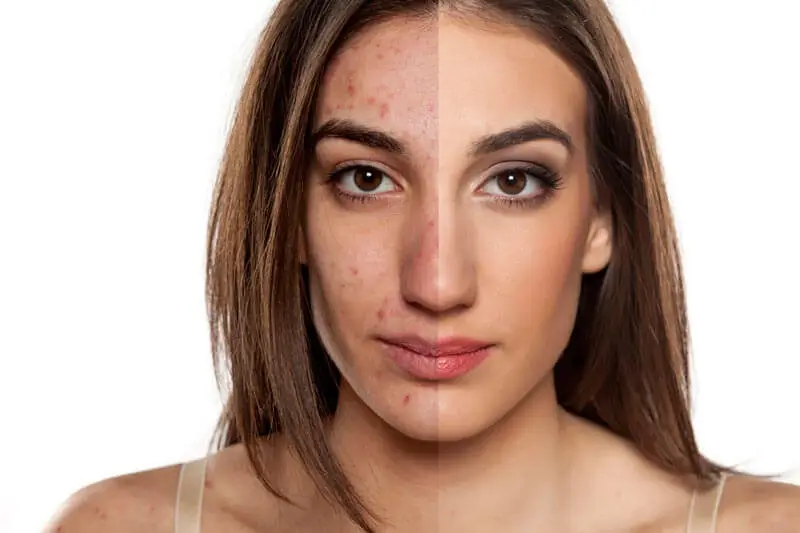
Acne can occur when hair follicles become blocked with oil and dead skin cells. This can cause pimples, blackheads, and whiteheads. Also, hormonal changes, like during puberty, can lead to an overproduction of oil. Stress, diet, and environment can worsen acne, so it’s important to identify any triggers and make lifestyle changes.
Tretinoin cream is a powerful treatment option for acne. It helps exfoliate the skin and unclog pores. Yet, everybody’s skin is different, so it’s best to consult a dermatologist or skincare specialist for personalized recommendations.
For example, Sarah had severe acne for years and struggled with over-the-counter treatments. Finally, she visited a dermatologist who prescribed tretinoin cream. After a few weeks of use, her skin’s texture improved, and breakouts became less frequent. Tretinoin cleared up her acne and gave her confidence back.
Acne can be tough to deal with, but finding the right treatment can make a big difference. Tretinoin could be just the solution you’re looking for!
Hyperpigmentation and uneven skin tone

Melanin is the pigment that gives our skin its color. In hyperpigmentation, an excess of melanin results in dark spots or patches. Uneven skin tone can be caused by sun exposure, hormones, acne scars, and medical conditions. Hyperpigmentation is usually seen on the face, neck, hands, and arms. It may affect other areas too, based on individual factors.
To treat hyperpigmentation and uneven skin tone, creams with hydroquinone or kojic acid, chemical peels, laser therapy, and microdermabrasion may be used.
Preventing hyperpigmentation and uneven skin tone is just as important. Wear sunscreen daily with a high SPF, limit sun exposure, and take proper care of your skin to maintain an even complexion.
Throughout history, people have used natural remedies like lemon juice and milk to lighten dark spots. Now, modern dermatology offers many effective treatment options for this common skin issue. Who needs Botox when you can just embrace your wrinkles and fine lines like a roadmap of your adventurous life?
Wrinkles and fine lines

Wrinkles and fine lines are common signs of aging but can also be caused by sun exposure, smoking, and genetics. Areas with frequent movement like around eyes and mouth are most affected. Collagen and elastin, proteins providing skin support, break down over time leading to wrinkles and lines. Pollution and stress can contribute too.
To address these skin concerns, here are some tips:
- Use retinoids – Tretinoin-based products reduce wrinkles/lines by promoting collagen production for smoother, younger-looking skin.
- Protect skin from UV rays – Sun exposure causes premature aging so wear sunscreen and protective clothing.
- Stay hydrated – Moisturizing the skin makes it plumper and radiant, minimizing wrinkles.
- Follow a healthy lifestyle – Antioxidants fight free radicals that cause skin aging. Exercise improves blood circulation for essential nutrients.
By including these in your skincare routine, you can effectively tackle wrinkles/lines while maintaining healthy skin. Consistency is key for long-term results!
Tretinoin After Treatment: Transformations and Success Stories
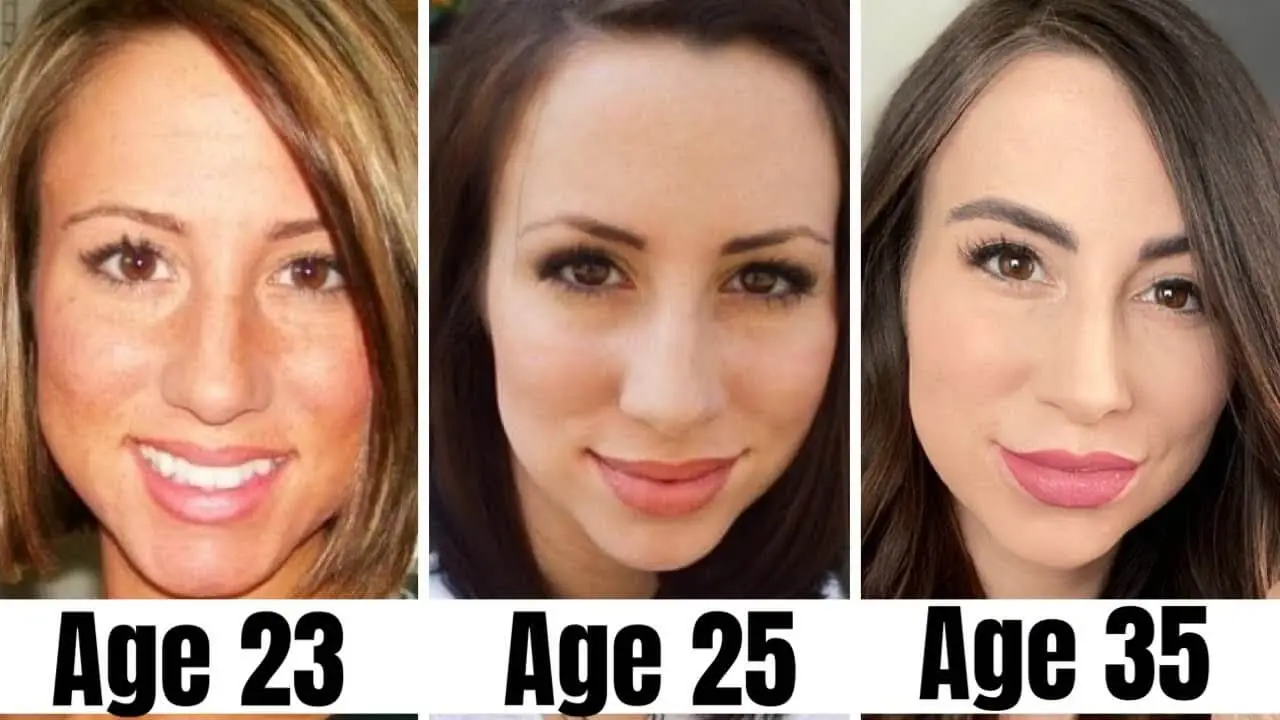
To achieve transformative results with Tretinoin after treatment, embrace the power of this solution for clearing acne, preventing future breakouts, achieving a more even and radiant complexion, and smoothing wrinkles to rejuvenate your skin’s appearance. The remarkable success stories behind Tretinoin’s effectiveness will motivate you on your own journey to skin rejuvenation.
Clearing acne and preventing future breakouts
Tretinoin, a vitamin A derivative, has the power to clear acne. It unclogs pores, reduces inflammation, and boosts skin cell turnover. Plus, it stops future breakouts by controlling oil production and bacteria growth.
Not only that, but it can also brighten your skin tone and reduce hyperpigmentation from past breakouts. This means you’ll have a smoother and more even complexion.
Be aware: tretinoin may cause irritation or dryness in the beginning. However, with the right moisturizing and gradual use, these effects can be minimized.
For the perfect complexion, tretinoin is the way to go. Bid farewell to those blemishes and say hello to a radiant, beautiful you!
Achieving a more even and radiant complexion
Achieve a radiant complexion with a consistent skincare routine! Cleanse, tone, and moisturize daily to remove impurities, balance oil production, and restore hydration levels.
Tretinoin is your new best friend! A derivative of vitamin A, it can fade dark spots, hyperpigmentation, and acne scars gradually. Ask a dermatologist when you can add it to your routine.
Don’t forget the sunscreen! Shield your skin with a broad-spectrum SPF 30 or higher daily. Prevent sunburn and protect against photoaging and pigmentation irregularities.
Nourish from within! Eat a balanced diet rich in antioxidants, vitamins (especially C), minerals (like zinc), and essential fatty acids. This supports skin health and promotes collagen for a glowing complexion.
Results may vary based on skin type, lifestyle, and genetics. It’s important to talk to a dermatologist before making any changes to your routine.
Consistency is key for effective skincare. Stick to these tips and you’ll be on your way to achieving your desired skin goals!
Smoothing wrinkles and rejuvenating the skin’s appearance
Tretinoin is a powerful retinoid that boosts collagen production, helping smooth wrinkles and fine lines. It does this by speeding up cell turnover, giving you a fresher, more youthful complexion. Plus, it fades dark spots and pigmentation, and makes pores appear smaller.
Furthermore, it’s great for acne-prone skin. It reduces breakouts and controls oil production. That said, it should only be used with a dermatologist’s guidance, as it may cause some initial irritation. Be patient though; the results could be amazing!
Take Sarah, for instance. She had deep wrinkles and loss of firmness. Her dermatologist prescribed tretinoin and over time, the results were stunning. Her wrinkles lessened, her skin was firmer and smoother. Now, she proudly shares her journey to inspire others.
So, is tretinoin the key to radiant skin or a potential horror story? Be sure to weigh the risks before embarking on the quest for flawless complexion.
Tretinoin and Potential Side Effects: What You Need to Know
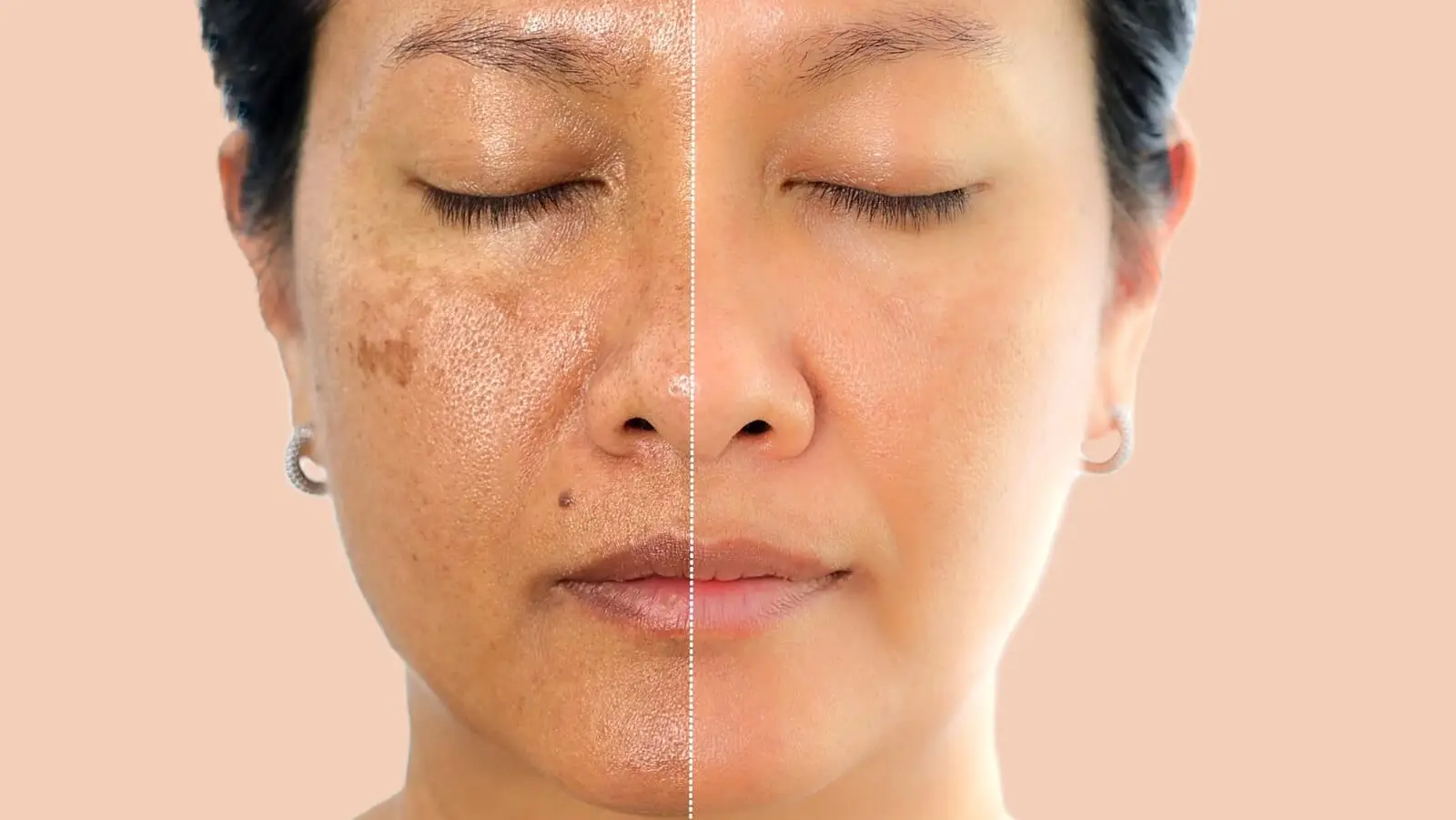
To better understand the potential side effects of Tretinoin, let’s dive into what you need to know. Explore the common side effects of Tretinoin, learn how to minimize and manage these effects, and discover when it’s necessary to seek professional assistance.
Common side effects of Tretinoin
Tretinoin, a widely used topical medicine, has some potential side effects that you need to be aware of. These side effects, which vary in severity from person-to-person, can be common. It’s essential to understand them and how they may affect you.
Here are the common side effects related to Tretinoin use:
- Dryness and Peeling: This is one of the most frequent side effects. It happens because Tretinoin works by increasing cell turnover, which can cause the outer layer of skin to shed quickly.
- Redness and Irritation: This ranges from mild to severe, depending on your skin sensitivity.
- Sunlight Sensitivity: Tretinoin can make your skin more sensitive to sunlight. Protect yourself with sunscreen and protective clothing.
- Initial Worsening: In some cases, Tretinoin may initially worsen certain skin conditions. This is called the “purging” phase and is temporary.
- Stinging or Burning: Some people may experience stinging or burning when applying Tretinoin. Talk to your healthcare provider if this becomes too uncomfortable.
Everyone’s experience with Tretinoin is unique. It’s best to talk to a healthcare professional who can look at your specific situation and give tailored advice.
Pro Tip: To reduce side effects when using Tretinoin, start with a low concentration or frequency, and gradually increase as your skin adjusts. Be consistent and patient. Survive side effects like you’re in a horror movie—with the right tips, you can be the final girl of Tretinoin!
How to minimize and manage side effects
To reduce and control the potential side effects of tretinoin, there are a few key steps you can take. These will help make sure your experience is as comfortable as possible.
- Always follow the instructions from your healthcare professional or product packaging.
- Don’t use more than the recommended dosage.
- Shield your skin from too much sun with a broad-spectrum sunscreen daily.
- Stay away from harsh or irritating skincare products, like those with alcohol or abrasive ingredients.
- Start with a low concentration and increase over time.
- Keep your skin hydrated to avoid dryness or flakiness.
- If you have any long-lasting or serious side effects, ask your healthcare professional for advice.
Note: Those with sensitive skin or past skin conditions must be extra careful when using this medication. If this applies to you, consider talking to your healthcare provider about other options.
Pro Tip: To manage side effects and make the most of tretinoin, develop a routine and stick to it. By using this medication in a controlled way every day, you can get the best results and avoid discomfort. And if your face starts peeling off, it’s time to contact your dermatologist!
When to seek professional assistance for side effects
If you’re using Tretinoin and experience any side effects, you should seek help. Skin irritation, redness, and peeling are common. Sunlight is harsher on your skin with tretinoin, so use sunscreen and protective clothing. If hives or breathing difficulty arise, get medical attention right away.
Don’t forget: when it comes to side effects, it’s better to be safe. Consult a healthcare professional if you’re worried. They can provide tailored guidance and solutions. Taking steps to get help will protect your skin and wellbeing. Don’t let fear stop you from seeking care. Your skin deserves the best!
Tretinoin as Part of a Skincare Routine: Tips and Recommendations

To optimize the results of Tretinoin in your skincare routine, consider these solutions: Incorporating Tretinoin into your daily regimen, using complementary products alongside it, and understanding the long-term benefits it offers. By following these tips, you can enhance the effectiveness of Tretinoin and ensure its continued benefits for your skin.
Incorporating Tretinoin into your daily skincare regimen
Start slowly with tretinoin: use a pea-sized amount every other night. Gradually increase usage to nightly applications. Expect some dryness and flaking, but use a gentle moisturizer to combat this.
Protect your skin from sun exposure! Tretinoin increases skin sensitivity, so apply SPF 30 daily, no matter the weather.
Skip exfoliants and harsh cleansers, since they can worsen dryness and irritation. Instead, opt for gentle cleansers and hydrating serums. Moisturizers with hyaluronic acid or ceramides are great for nourishing and replenishing the skin barrier.
Pro Tip: Consult a dermatologist for personalized guidance for optimal tretinoin results. They can tailor a skincare routine to maximize tretinoin’s benefits and minimize any side effects.
Complementary products to enhance the effects of Tretinoin
Tretinoin is a powerful skincare ingredient and you can take it to the next level with complementary products. These work together with tretinoin to bring even better results for your skin. To get the most out of it, add other key skincare products into your routine.
Here are some effective options:
- Hyaluronic Acid: This hydrating ingredient helps keep your skin plump and supple. Plus, it’s great for countering any dryness or irritation that tretinoin may cause.
- Niacinamide: It improves skin texture, minimizes pores and calms inflammation. It’s perfect for making tretinoin’s exfoliating effects even better.
- Vitamin C: As an antioxidant, vitamin C protects against free radicals and brightens skin. With tretinoin, it boosts collagen production and reduces hyperpigmentation.
- Moisturizer: This is a must-have when using tretinoin. Pick a non-comedogenic formula that won’t clog pores.
By using these complementary products, you’ll get the best results with tretinoin. Ask a dermatologist or skincare professional before introducing new ingredients to your regimen, so that they’re suitable for your skin type.
Skincare enthusiasts have been combining different products for years. To get that healthy, glowing skin, the trick is finding the right combination for you and your concerns.
Long-term maintenance and continued benefits of Tretinoin usage
Tretinoin offers long-term benefits for healthier skin. Over time, it can help reduce wrinkles, fade hyperpigmentation, and improve texture. Plus, it stimulates collagen production, making skin firmer and plumper.
It also prevents future damage by speeding up the turnover rate of skin cells. This removes dead cells and unclogs pores, giving your complexion a smoother look.
Regular use of Tretinoin can do wonders for your self-esteem and confidence. Take Carol, for example. She used it to tackle her acne scars and enjoyed a transformation that boosted her spirit.
It’s not just about surface-level improvements; Tretinoin helps us to rediscover and embrace our natural beauty. So, if you want an enduring solution to your skincare needs, consider adding it to your daily routine — you won’t regret it! Get ready for a wild ride full of smoother, brighter skin!
Frequently Asked Questions
Q: What is tretinoin?
- A: Tretinoin is a topical medication used to treat acne and reduce the appearance of fine lines, wrinkles, and other signs of aging on the skin.
Q: How does tretinoin work?
- A: Tretinoin works by increasing cell turnover in the skin, which helps to unclog pores and reduce the buildup of dead skin cells. It also stimulates collagen production, which can improve skin texture and reduce the appearance of fine lines and wrinkles.
Q: How long does it take to see results with tretinoin?
- A: It can take several weeks to months to see noticeable improvements in skin texture and appearance with tretinoin use. It is important to be patient and consistent with use, as results may vary based on individual skin type and condition.
Q: What are the potential side effects of tretinoin?
- A: Common side effects of tretinoin include dryness, redness, peeling, and sensitivity to sunlight. These side effects usually subside over time as the skin adjusts to the medication. If you experience severe or persistent side effects, it is important to speak with a healthcare provider.
Q: Can tretinoin be used on all skin types?
- A: Tretinoin can be used on most skin types, but it may cause irritation and dryness in some individuals. People with sensitive skin or skin conditions such as eczema may want to use caution when using tretinoin and consult with a healthcare provider before use.
Q: Is tretinoin safe to use during pregnancy or while breastfeeding?
- A: The safety of tretinoin use during pregnancy and while breastfeeding is not well-documented. It is generally recommended to avoid using tretinoin during pregnancy and breastfeeding, and to speak with a healthcare provider before use if you are pregnant or breastfeeding.
Conclusion and Final Thoughts on Tretinoin Before and After Journey
Tretinoin is an incredible skincare ingredient! Before and after pictures show impressive results. It can make your skin smoother and more youthful-looking. It does this by increasing cell turnover and stimulating collagen production. It can treat acne, reduce fine lines and wrinkles, fade hyperpigmentation, and improve texture.
However, it takes patience and dedication to see results. Stick to a routine and listen to your dermatologist. It can also cause side effects like dryness, redness, and peeling. Moisturize and wear sunscreen to protect your skin. To start, apply small amounts every other night and increase usage gradually. Always consult a dermatologist for personalized advice.



